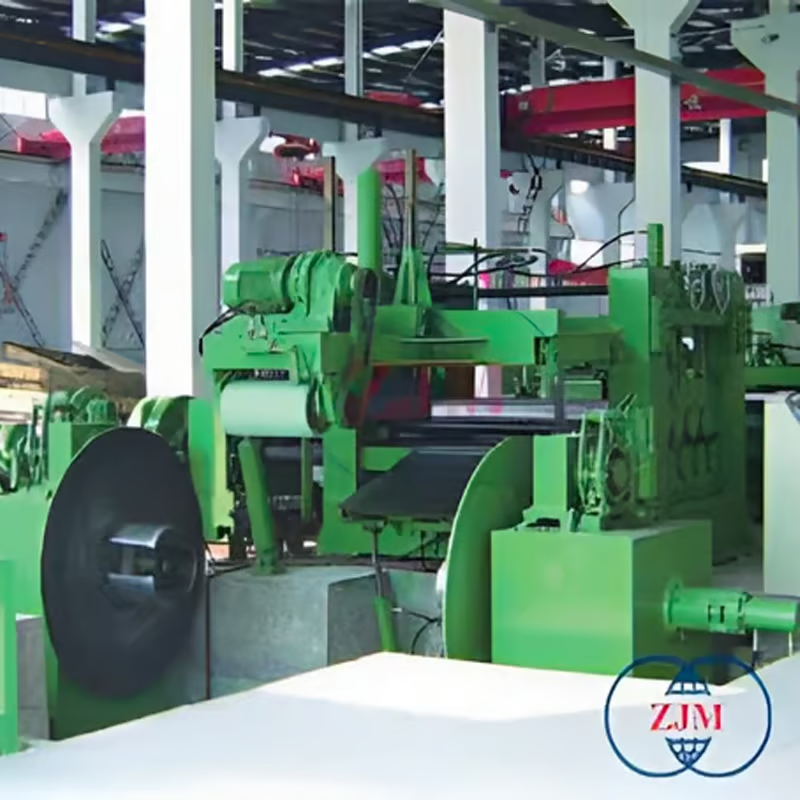Slitting is a process used in manufacturing to cut a wide roll of material into narrower rolls. This technique is commonly used in industries such as paper, film, foil, and textile manufacturing. The slitting process helps to efficiently convert large rolls of material into smaller, more manageable widths.
The Importance of Precision
Precision is key when it comes to slitting. The accuracy of the slitting process can greatly impact the quality and performance of the final products. Proper alignment and sharp blades are crucial for achieving clean, uniform cuts.
The Different Types of Slitting
There are several types of slitting techniques, including razor slitting, shear slitting, and crush cut slitting. Each method has its own advantages and is suited for different types of materials. Understanding the specific requirements of your project will help determine the best slitting technique to use.
Factors to Consider
When choosing a slitting method, it is important to consider factors such as material type, thickness, width, and desired output. These factors will influence the choice of blades, speed, tension, and other parameters of the slitting process.
Slitting Machine Components
A typical slitting machine consists of unwind and rewind units, slitting knives, tension control systems, and drive mechanisms. These components work together to ensure smooth and efficient slitting operations.
Quality Control Measures
Quality control is essential in the slitting process to ensure that the final products meet the required specifications. Regular maintenance of slitting machines, blade sharpening, and inspection of finished rolls are important measures to maintain quality standards.
Benefits of Slitting
Slitting offers a range of benefits for manufacturers, including increased efficiency, reduced waste, and the ability to customize roll widths according to specific requirements. By employing the right slitting techniques, manufacturers can optimize their production processes and improve overall productivity.
Common Challenges
Despite its advantages, slitting can pose challenges such as material wrinkling, edge burrs, and poor cut quality. Proper training, troubleshooting techniques, and utilizing advanced slitting equipment can help overcome these challenges.
Future Trends in Slitting
With advancements in technology, the slitting industry is witnessing trends such as automation, digitalization, and smart monitoring systems. These innovations are aimed at enhancing accuracy, speed, and efficiency in the slitting process.
Choosing the Right Slitting Partner
When looking for a slitting partner, it is important to consider factors such as experience, expertise, capabilities, and customer service. Partnering with a reliable and knowledgeable slitting provider can ensure successful and cost-effective slitting operations.
Quote Inquiry
Contact us!

